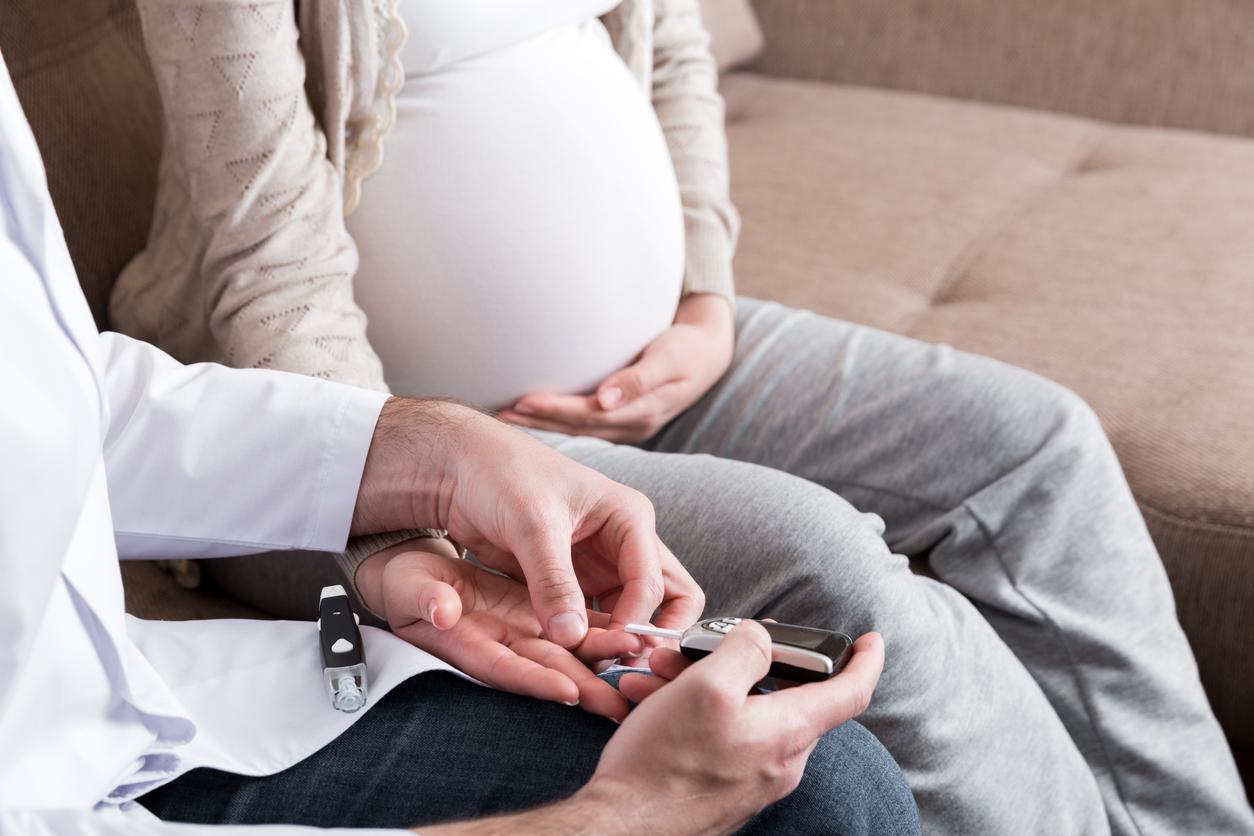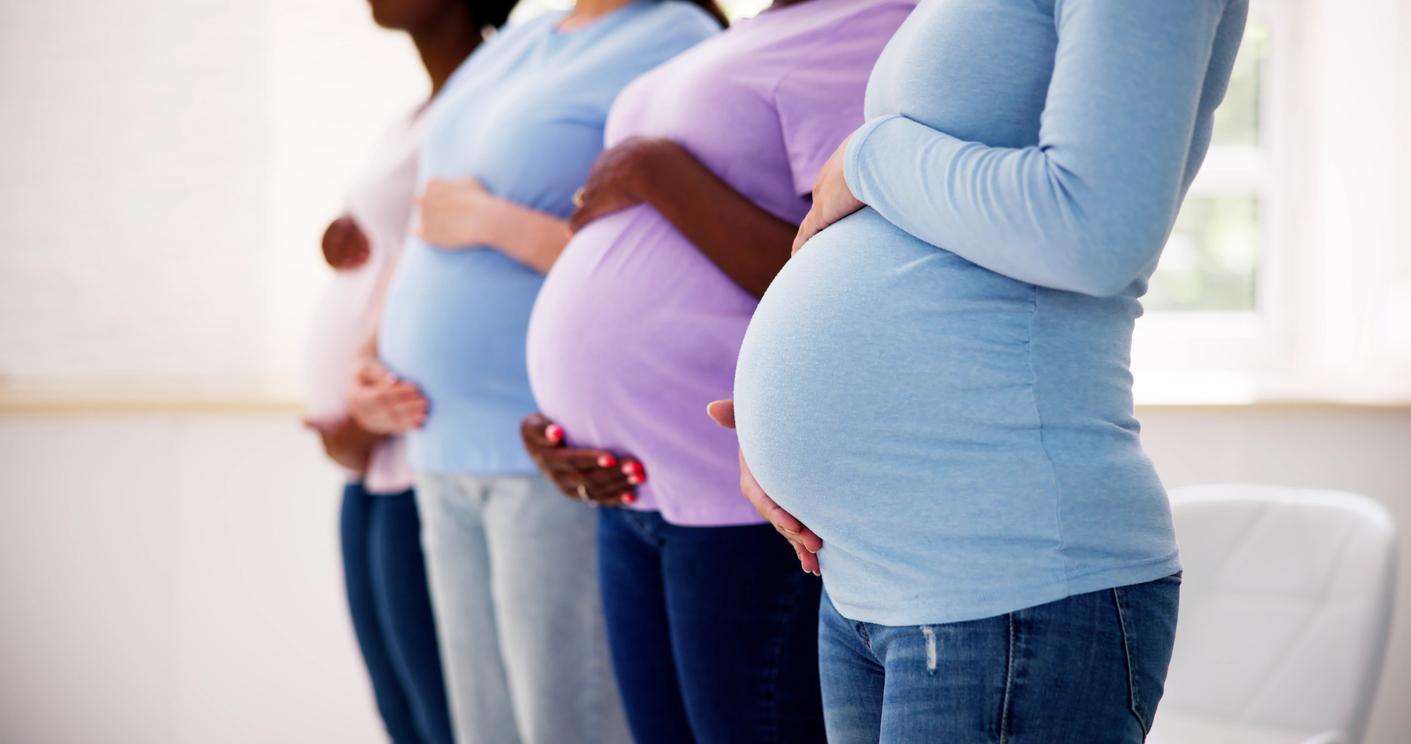Since the first uterus transplant in Saudi Arabia in 2000, around 20 women around the world have benefited from uterine transplantation.

The uterus transplant has allowed the birth of 8 children over the past 3 years worldwide, reports the Sahlgrenska Academy (Sweden) which has compiled nearly two decades of research on this subject. The last two births took place this summer, a week apart. Swedish doctors specify, moreover, that a transplanted woman has given birth to two children since 2014.
Uterine transplantation is the only possible treatment for women with infertility of uterine origin. This may include the absence of this organ, an ablation due to cancer or complications of pregnancy. Infertility can also be linked to organ dysfunction. In Europe, around 200,000 women are said to be affected.
Prof. Mats Brännström, professor of gynecology and obstetrics at the Sahlgrenska Academy, estimates that around twenty transplants have been performed worldwide since 2000. All of them were performed as part of a research project.
In France, the Medicines Agency authorized, in 2015, a team from Limoges to launch a clinical trial. Doctors may include 8 patients. Transplants will be performed from deceased donors, like organ donation.
Robot-guided transplant
In Sweden, where the first birth to a transplanted woman was celebrated in 2014, transplants are performed from living donors. At the forefront of this field, Swedish doctors are now focusing on using robots to perform surgical procedures.
“We believe that we will be able to operate more quickly and allow patients to find their home more quickly,” explains Prof. Mats Brännström. A robot-assisted intervention was already performed in May, and 4 more should be performed between October and December 2017. Five more should follow in the coming years. China has followed suit.
With robot-guided surgery, the Swedish team hopes to optimize uterine transplantation and be able to offer it like any other organ transplant. “We do not know if this will be possible in Sweden, but medically it is quite feasible within 5 years”, assures the Swedish gynecologist.
.















